Oceans can sometimes be creepy. The possibility of drowning in a deep dark space, eddies of rip currents, and monstrous creatures lurking in the depths can make even a thalassophile shiver. Talk about the middle of the ocean, nothing can be spookier. In the middle of the Pacific Ocean, there is a point called “Point Nemo” which is the most isolated place on Earth, per Ceros. At this point, a person is likely closer to astronauts at the International Space Station, than any human on land.
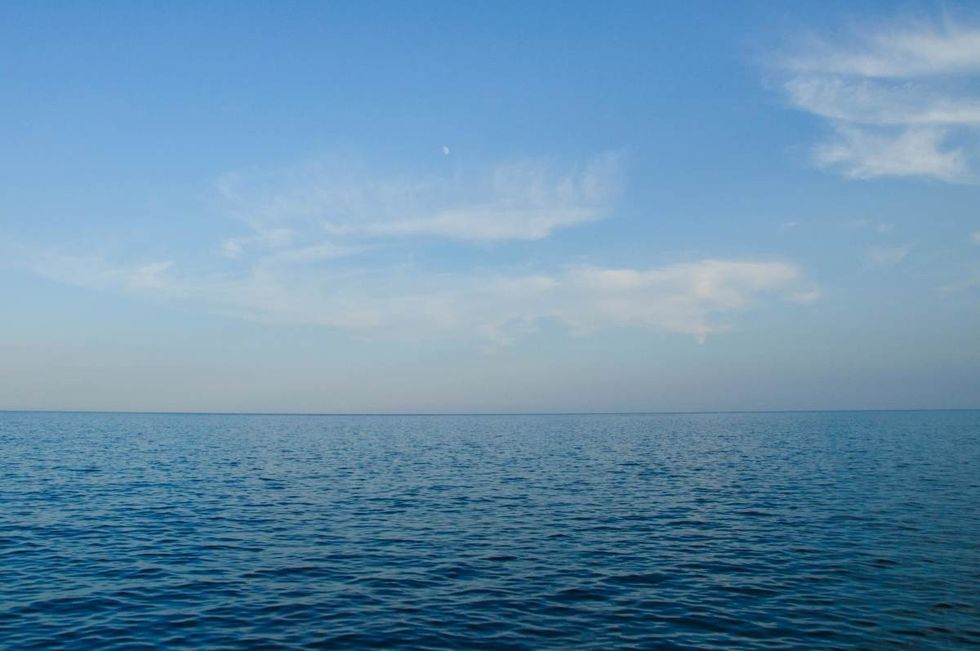
Also known as the oceanic “Pole of Inaccessibility,” the mysterious spot of Point Nemo is the “middle of nowhere.” It is the “loneliest place on Earth.” There is nothing to see at this point except for vast expanses of water stretching in every direction. In Latin, the point means “nobody,” an appropriate word to describe its location. Put simply, it's the point at sea that is furthest from any land.
The point, located at 48°52.6’S 123°23.6’W, was first discovered in 1992 by Croatian Canadian engineer, Hrvoje Lukatela, per Big Think. He named the place after Nemo, the eponymous submarine captain from Jules Verne’s novel “Twenty Thousand Leagues Under the Sea.” However, the point was mentioned in works of literature long before it was discovered.
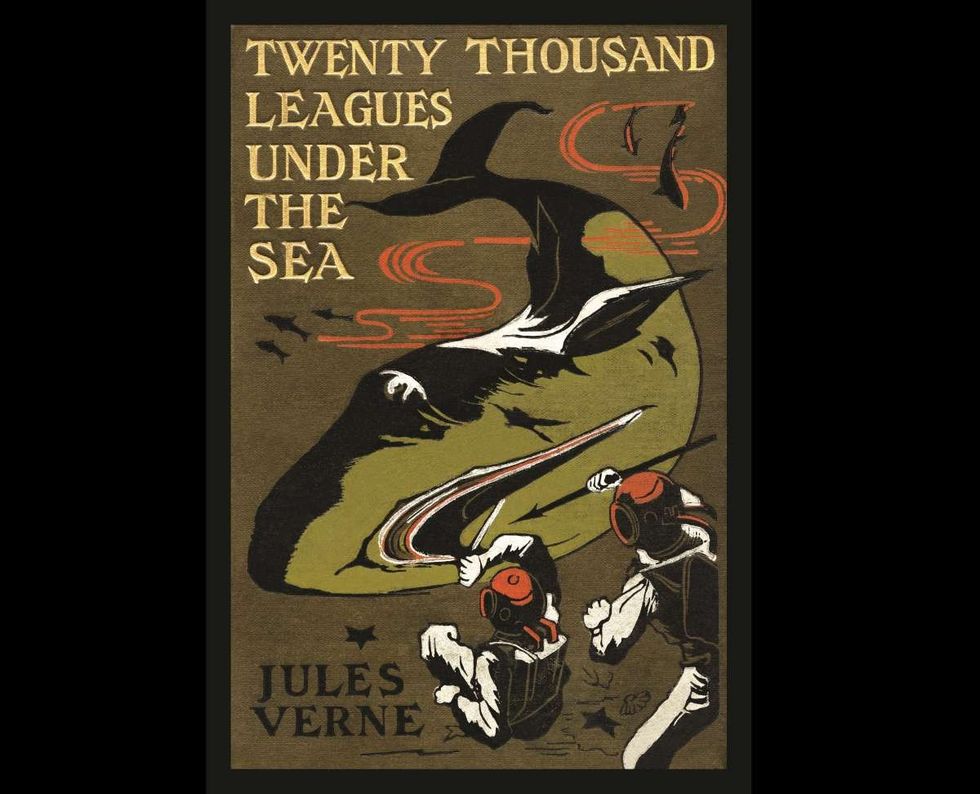
In his novels, H.P. Lovecraft used these eerie waters to create the setting for R’lyeh, a “nightmare corpse city.” In the 1928 novel, “The Call of Cthulhu,” he described this point as the home of the giant monster Cthulhu, part octopus, part human, part dragon: “There lay great Cthulhu and his hordes, hidden in green slimy vaults”.
Circling the point at large distances are tiny island patches including Ducie Island, the Pitcairn Islands, Motu Nui islet, and Maher Island. The nearest land is approximately 1,670 miles away, which makes the astronauts at ISS, who are around 258 miles away from Earth’s surface, closer to this point than any human on land.
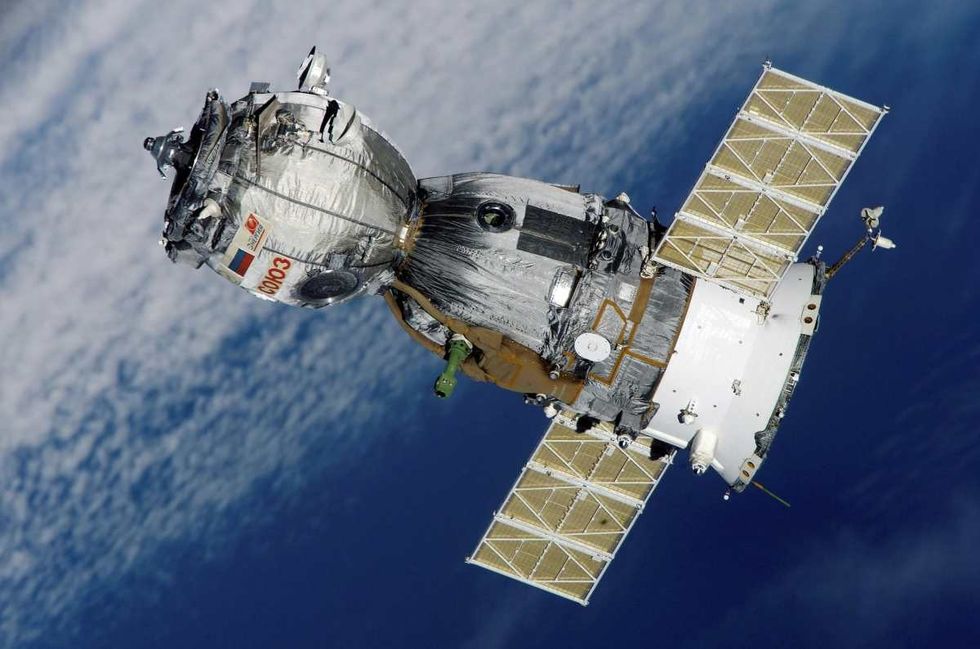
Owing to its remote location, Point Nemo has become the hotbed for receiving enormous space junk that crashes and plummets from the ISS above. Since the 1970s, many global space programs have selected this spot to plunge disintegrated spacecraft, crashing satellites, and other space junk tumbling from the atmosphere.
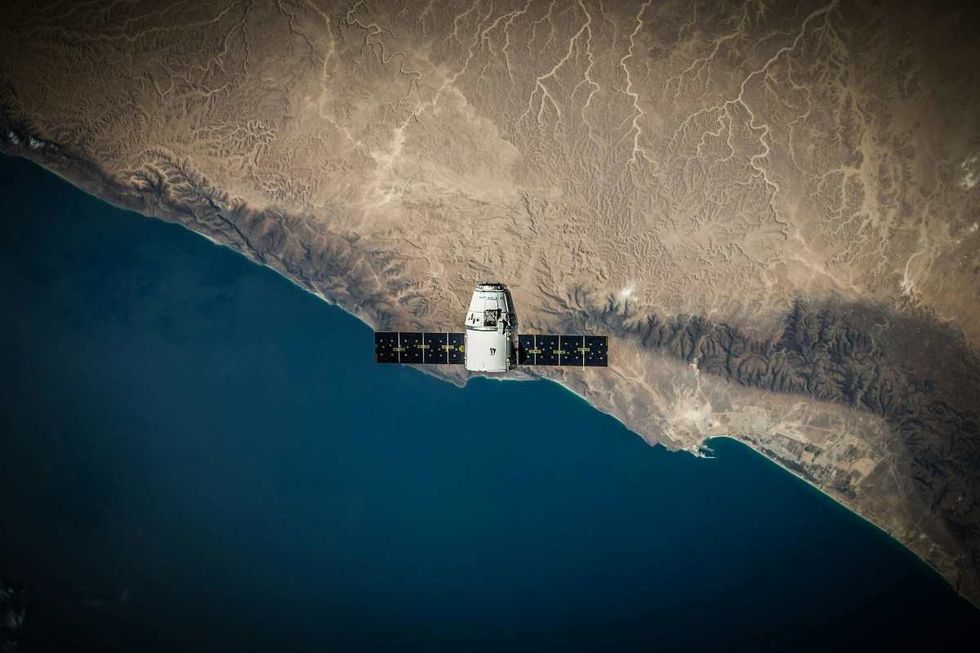
In fact, in January 2022, NASA announced that by 2031, ISS, which has been orbiting for 25 years, will be retired, and the vestiges of the crashing station will plunge downwards into Point Nemo. According to Live Science, this will be the largest addition to the space graveyard at this point, measuring approx. 357 feet (109 meters) long and 925,335 pounds (419,725 kilograms).
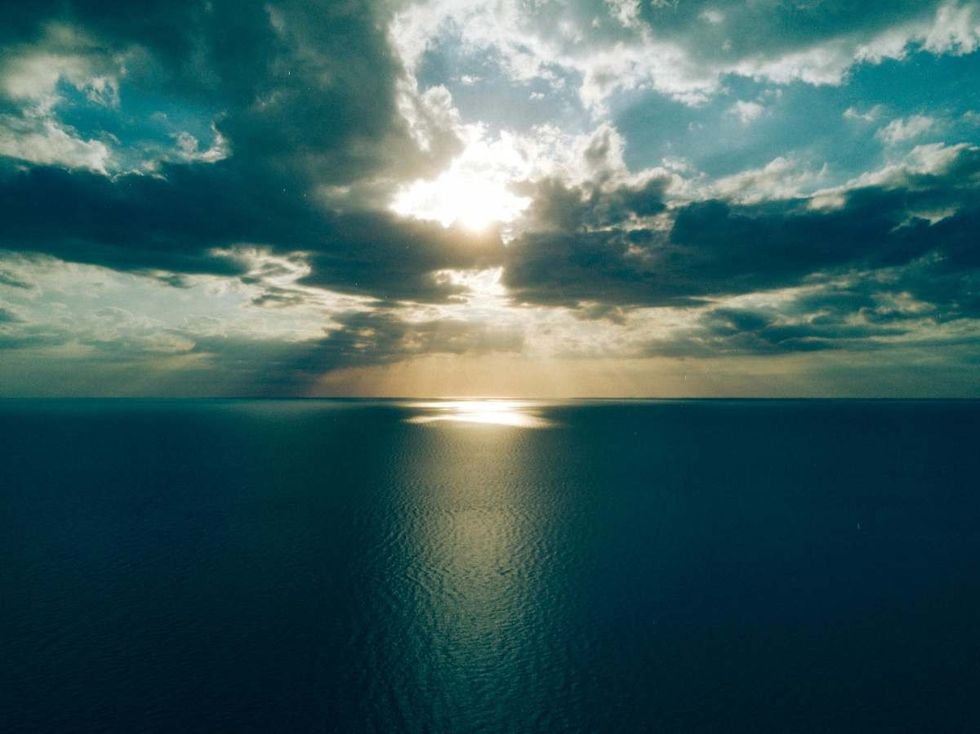
Space agencies usually choose to sink the hurtling spacecraft into this point because it seems to be the best possible option at this time. If these crafts don’t fall into the ocean, they will remain permanently circulating in space, which "is not a solution," Stijn Lemmens, a space debris analyst with the European Space Agency (ESA), told Live Science. According to ESA, the more remnants accumulate in space, the greater will be the risk of collision between these objects. This might trigger a domino of collisions that could be catastrophic for the operational spacecraft.
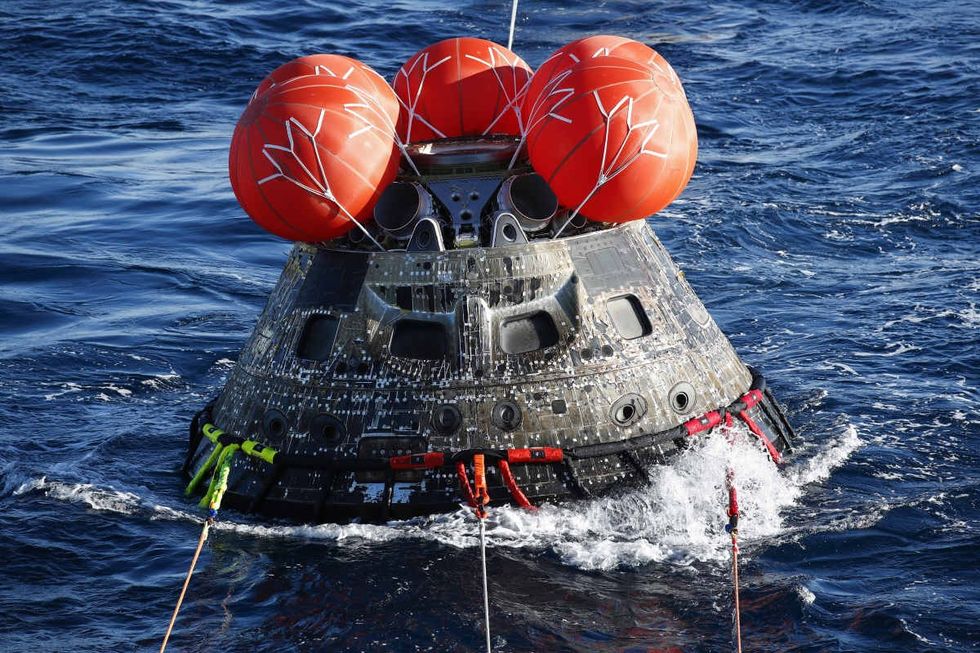
So, the waters at Point Nemo are the next best option. Plus, it is the most isolated point, so the crashing of spacecraft is not likely to pose a danger to any human there. Besides, there is another reason for Point Nemo being the next best option as the space junkyard. Ceros explains that Point Nemo isn’t just remote for humans, its location makes it fairly devoid of even microscopic life.
Since the point sits in the center of the South Pacific Gyre, it is a semi-still area where waves are seldom formed. As a result, the water here lacks nutrients essential for supporting marine life. Since there is no organic material for microbes to feed on, the seafloor is almost devoid of any microscopic life. So, when a spacecraft falls headlong into the deep water, it doesn’t harm any oceanic life.
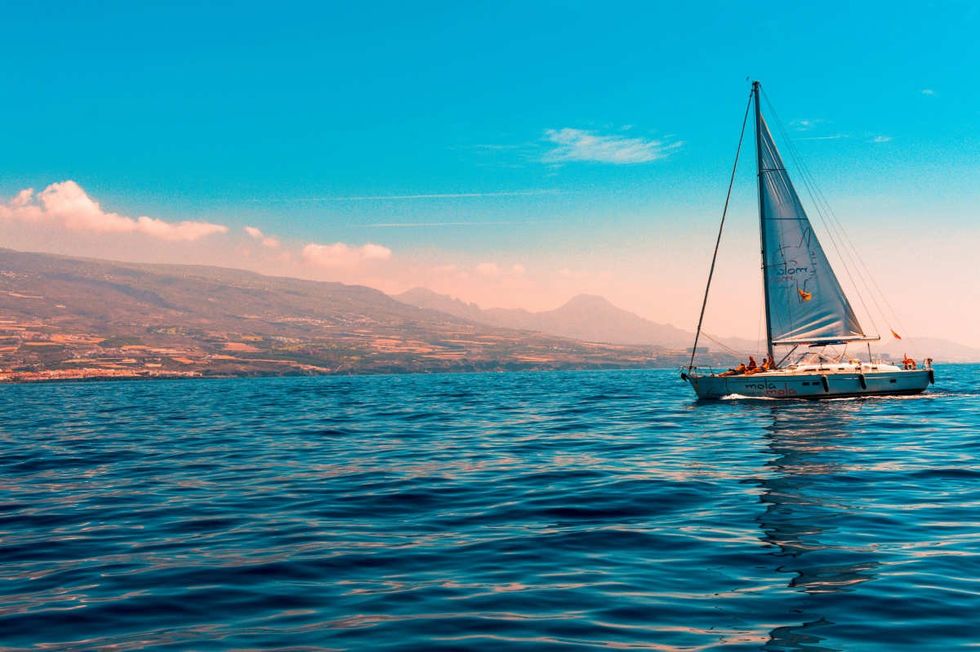
However, at the same time, Lemmens confessed that, although Point Nemo is the seemingly best option for depositing collapsing space junk, it may not always remain the best option forever, "As a consequence of keeping space clean, we should make sure we don't pollute the Earth needlessly, either."





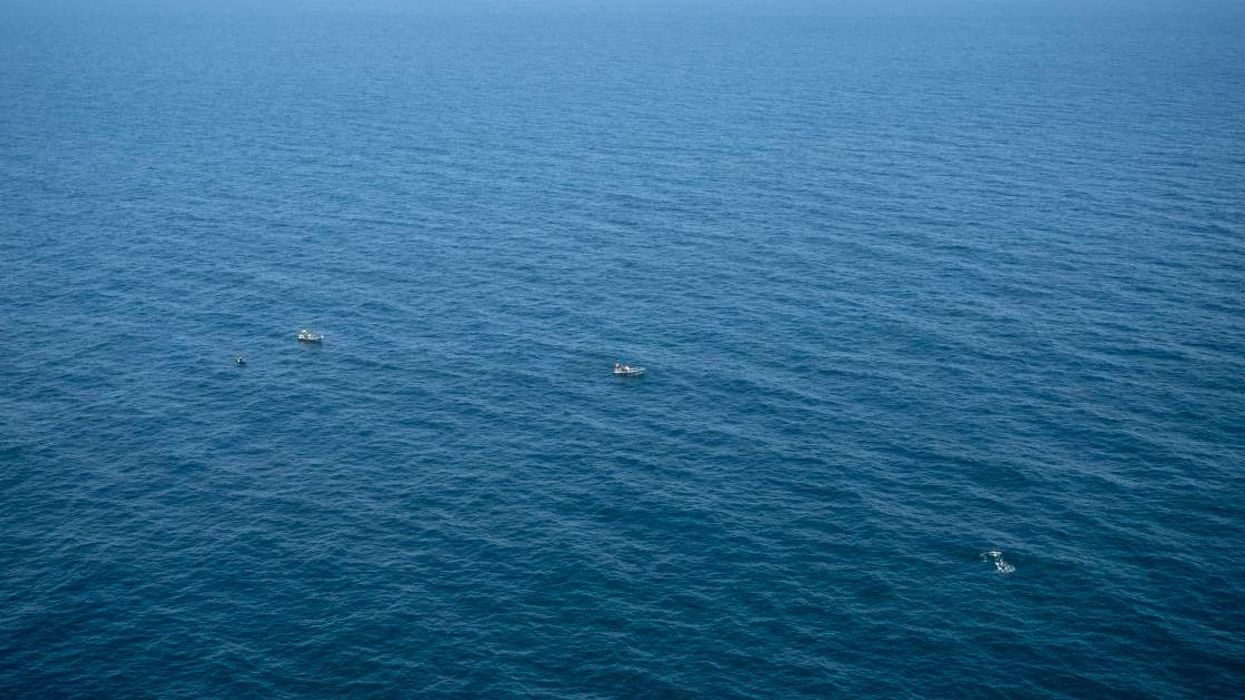


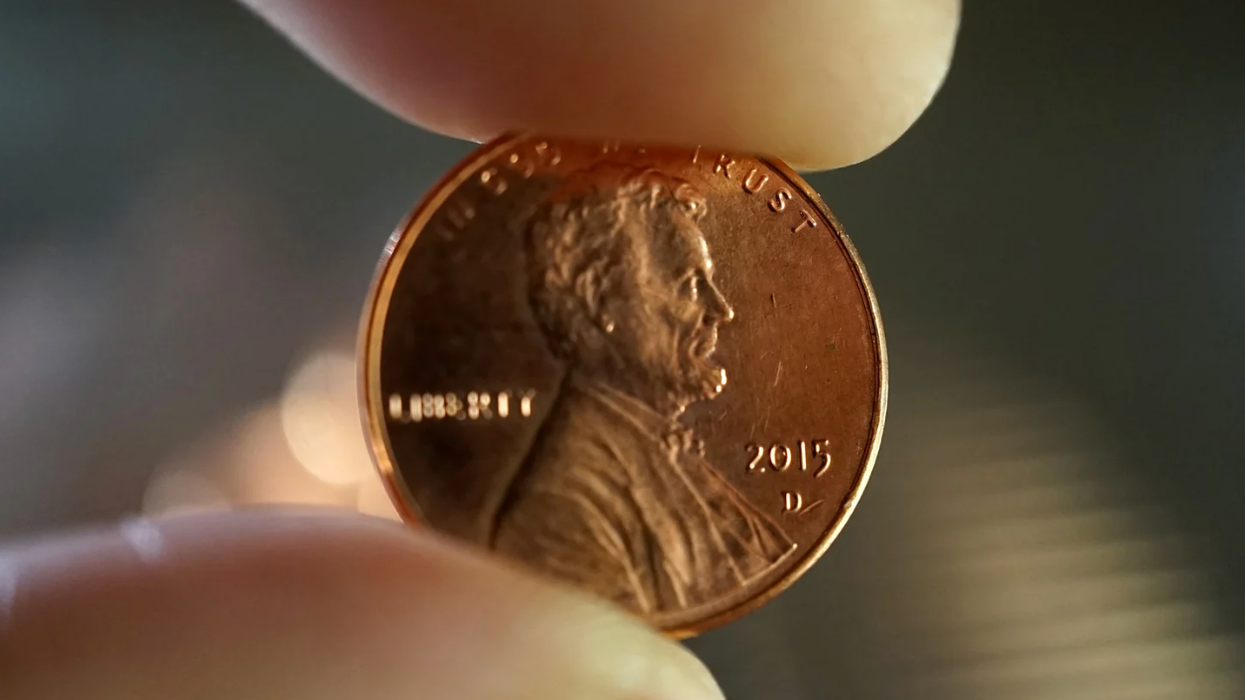
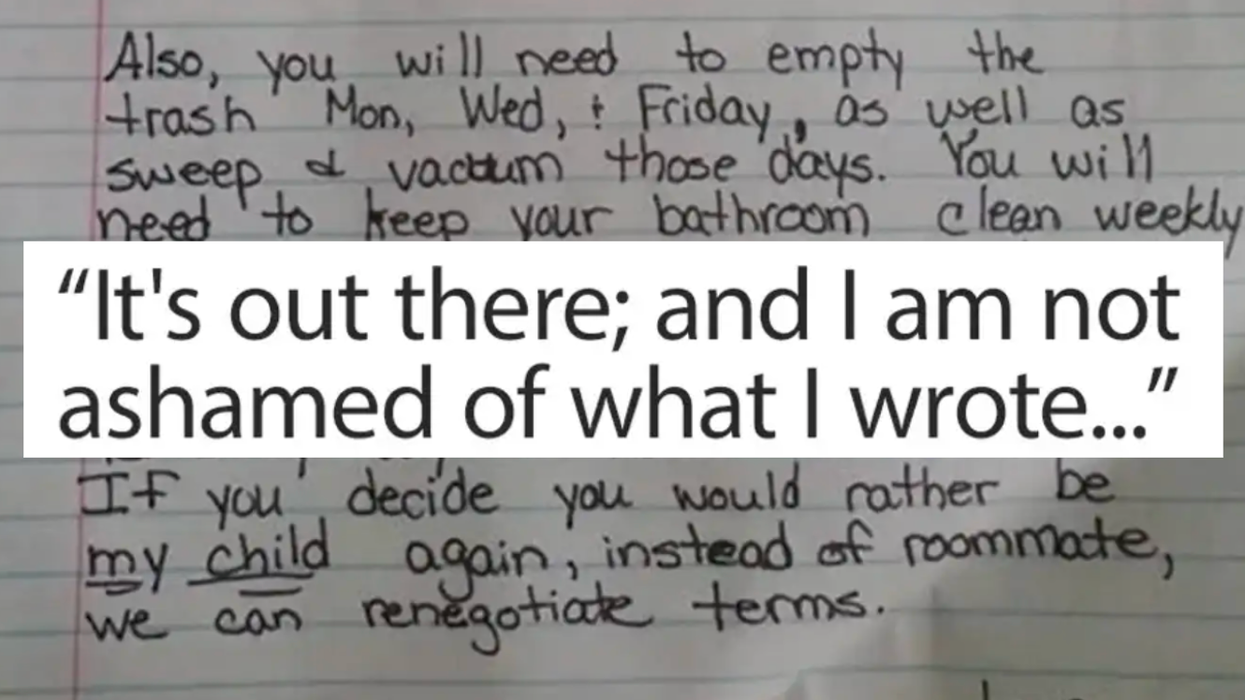




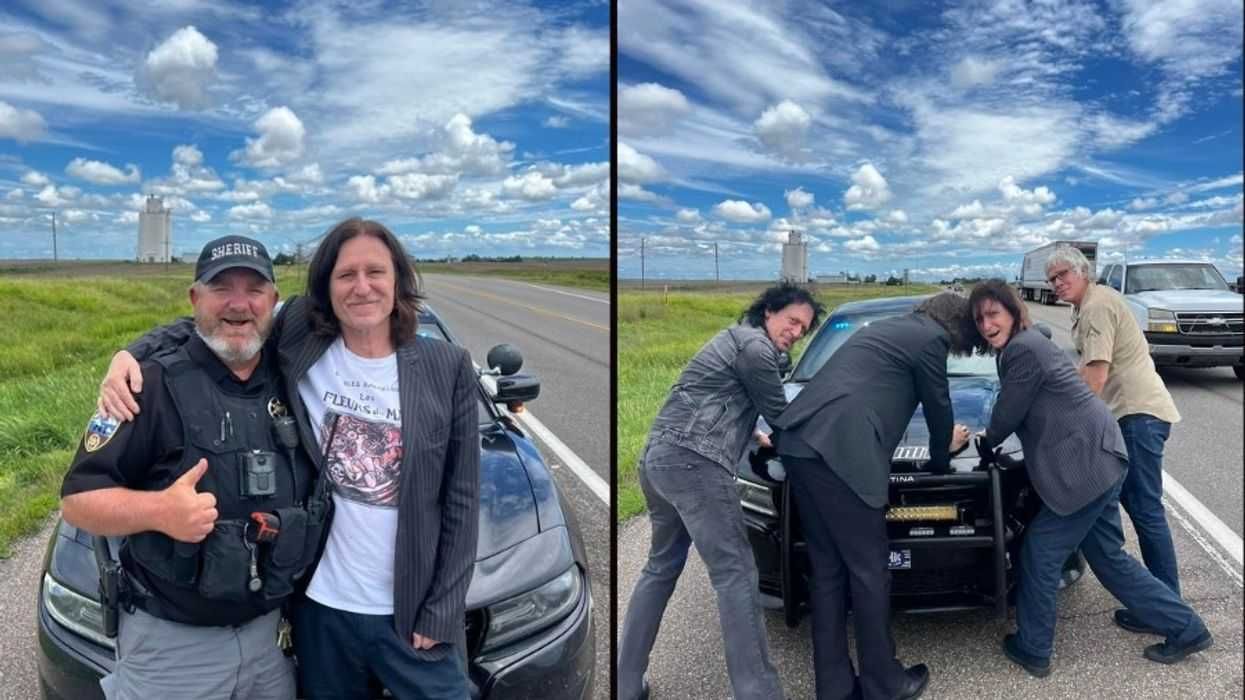
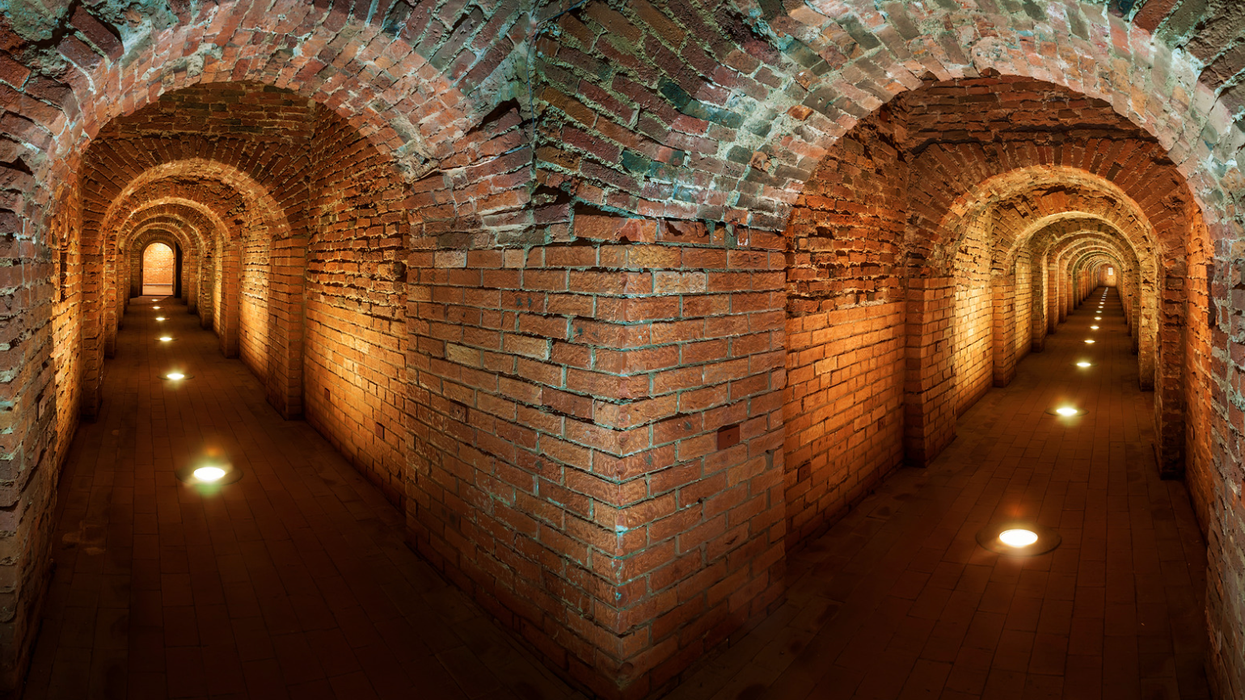


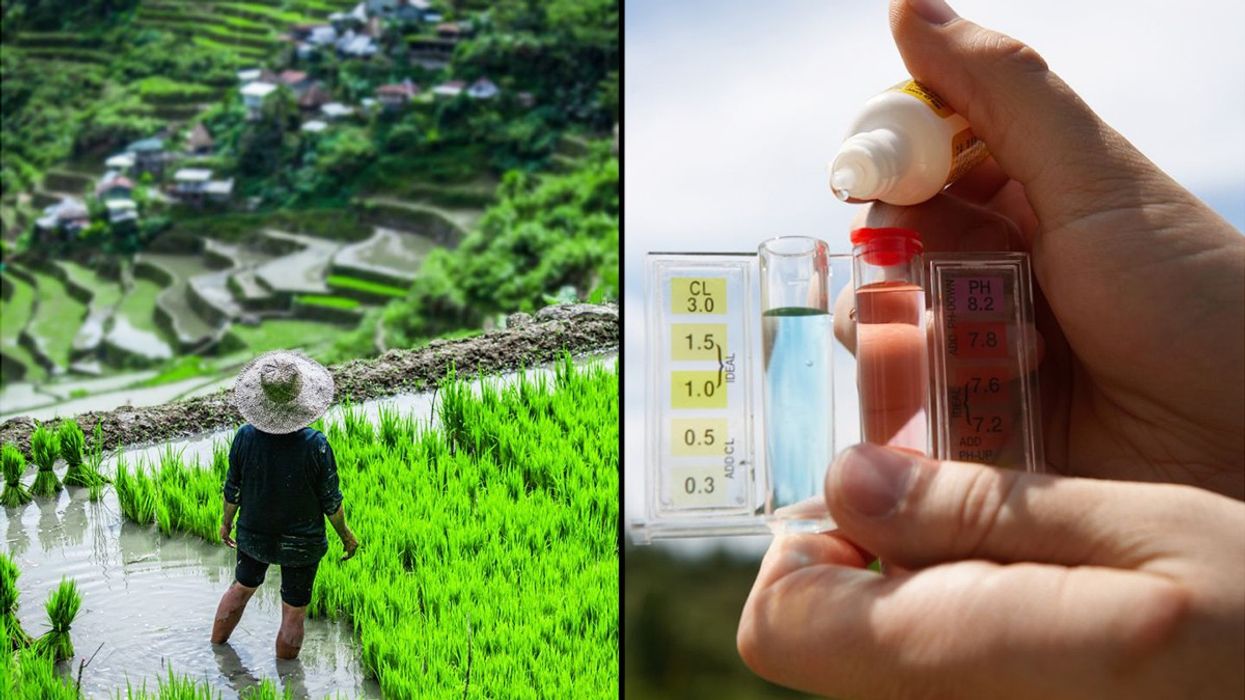
 Rice grain and white rice.Image via
Rice grain and white rice.Image via  Person eats rice.Image via
Person eats rice.Image via  Washing and rinsing rice.
Washing and rinsing rice.  Mother and daughter eating rice meal.Image via
Mother and daughter eating rice meal.Image via 

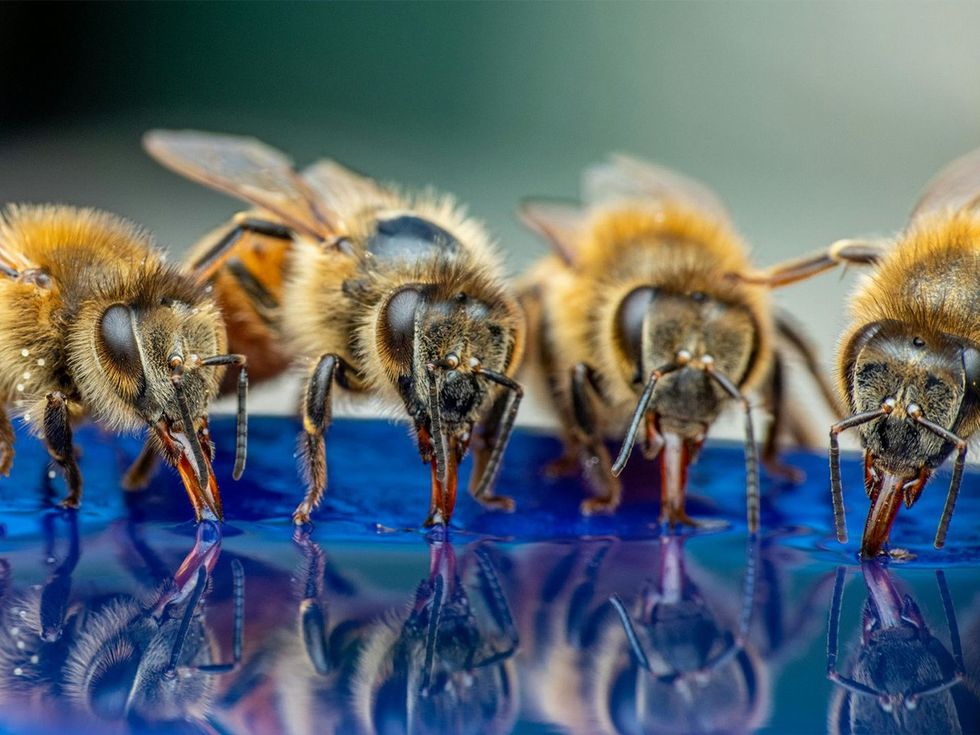 Bees feeding on food source.Image via
Bees feeding on food source.Image via 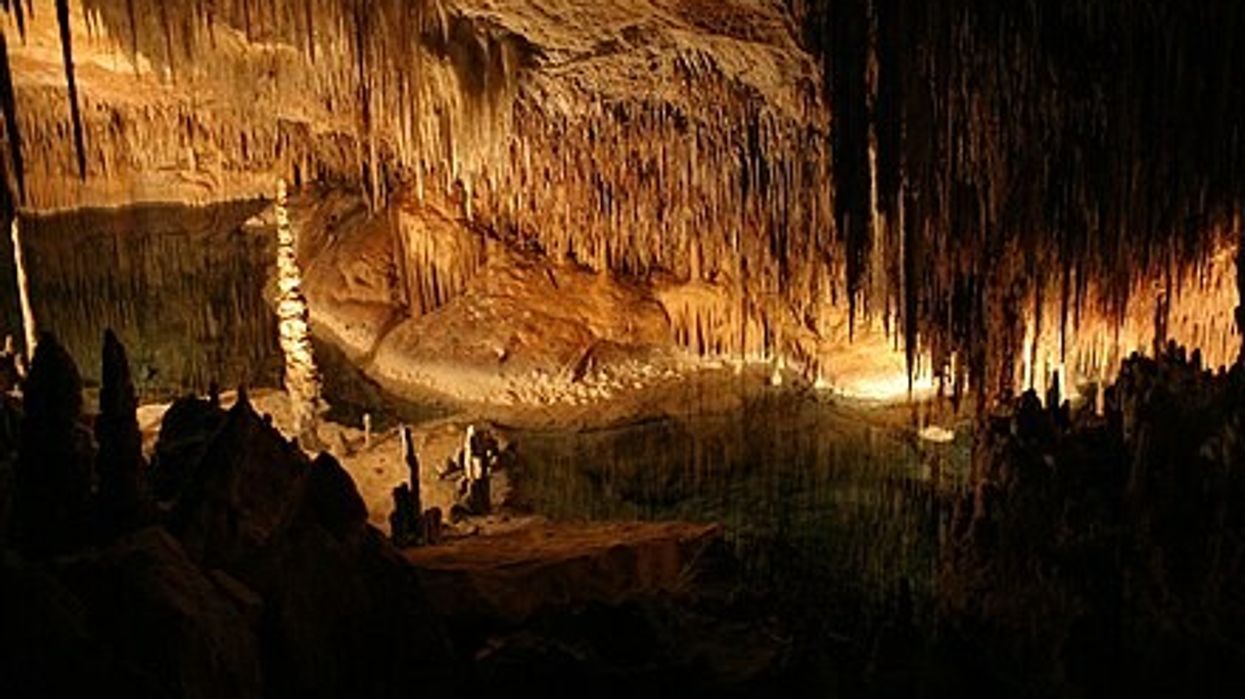
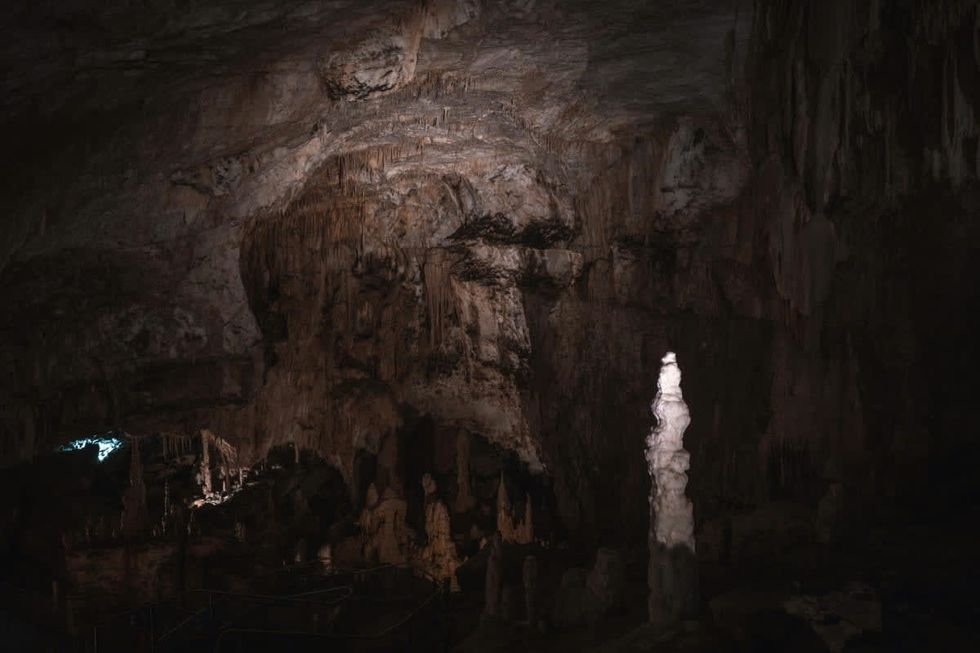 In the depths...Pexels | francesco ungaro
In the depths...Pexels | francesco ungaro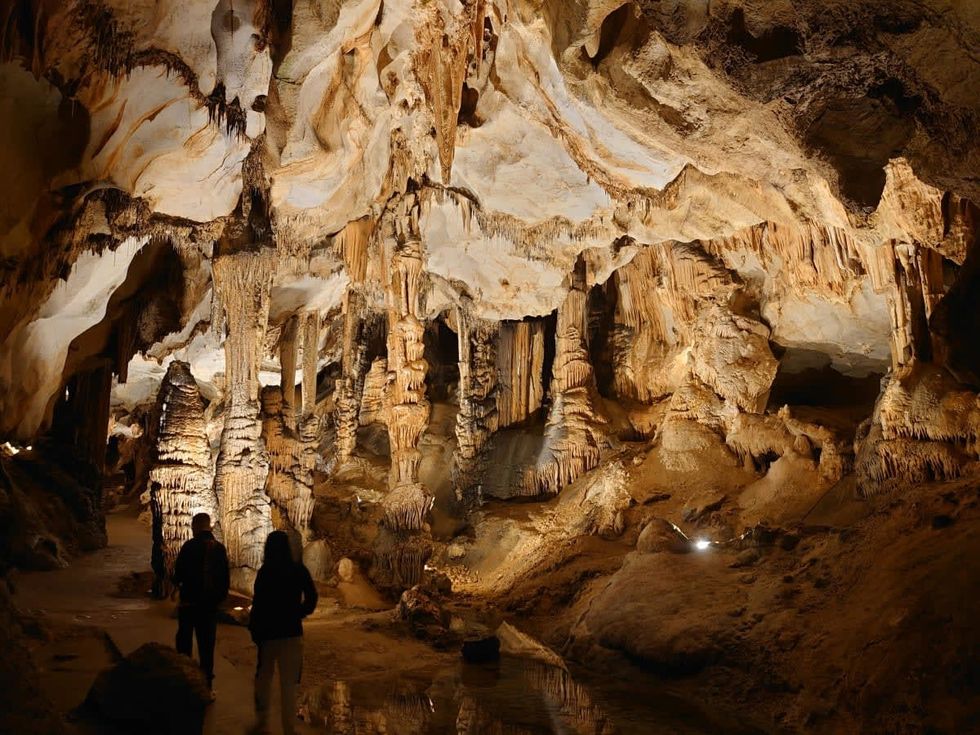 Hope the lights stay on. Pexels | parfait fongang
Hope the lights stay on. Pexels | parfait fongang "That was beyond crazy..." YouTube |
"That was beyond crazy..." YouTube |  "This is the stuff of my nightmares..."YouTube |
"This is the stuff of my nightmares..."YouTube |  "Totally blown away..." YouTube |
"Totally blown away..." YouTube | 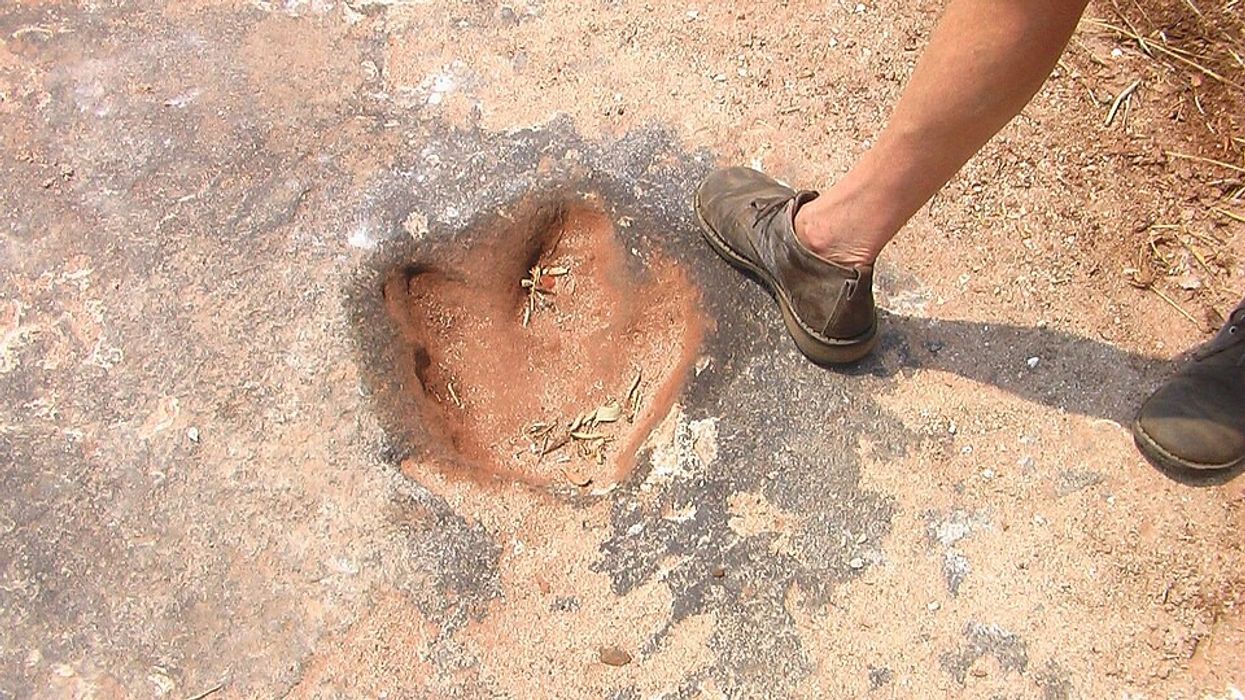
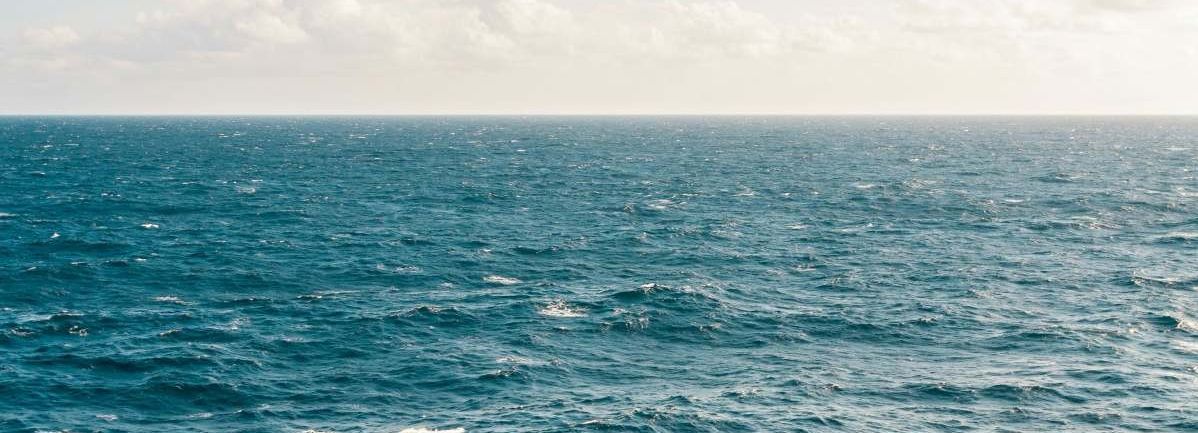 A representative Image of The Atlantic Ocean. Source: Pexels | Kellie Churchman
A representative Image of The Atlantic Ocean. Source: Pexels | Kellie Churchman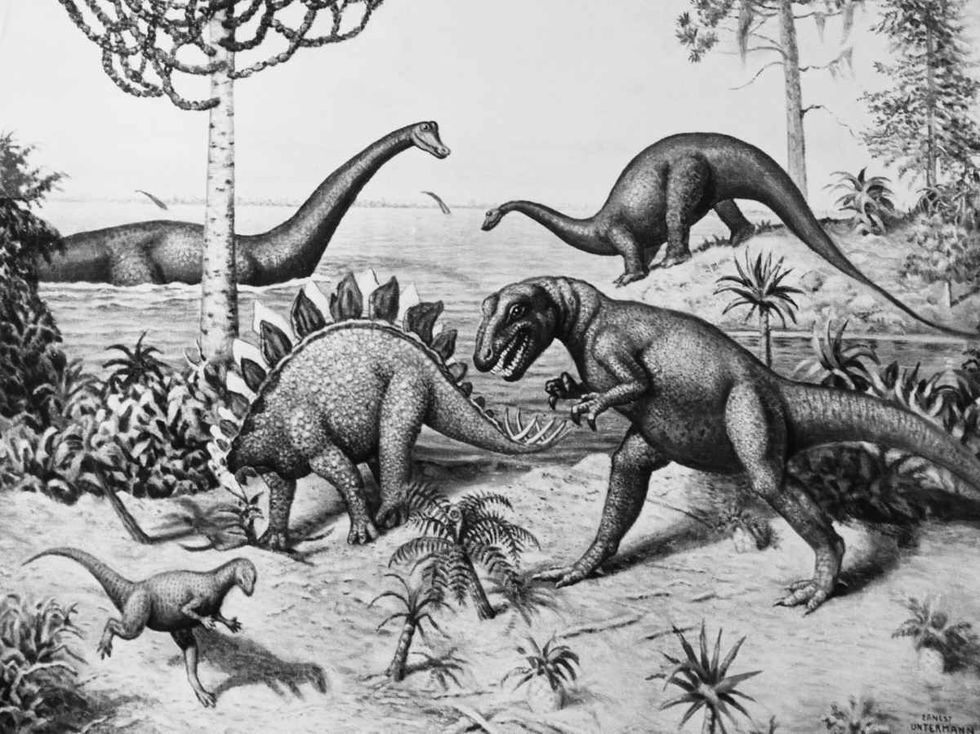 Representative Image Source: Painting from a series by Ernest Untermann in the museum at Dinosaur National Monument, Utah.
Representative Image Source: Painting from a series by Ernest Untermann in the museum at Dinosaur National Monument, Utah.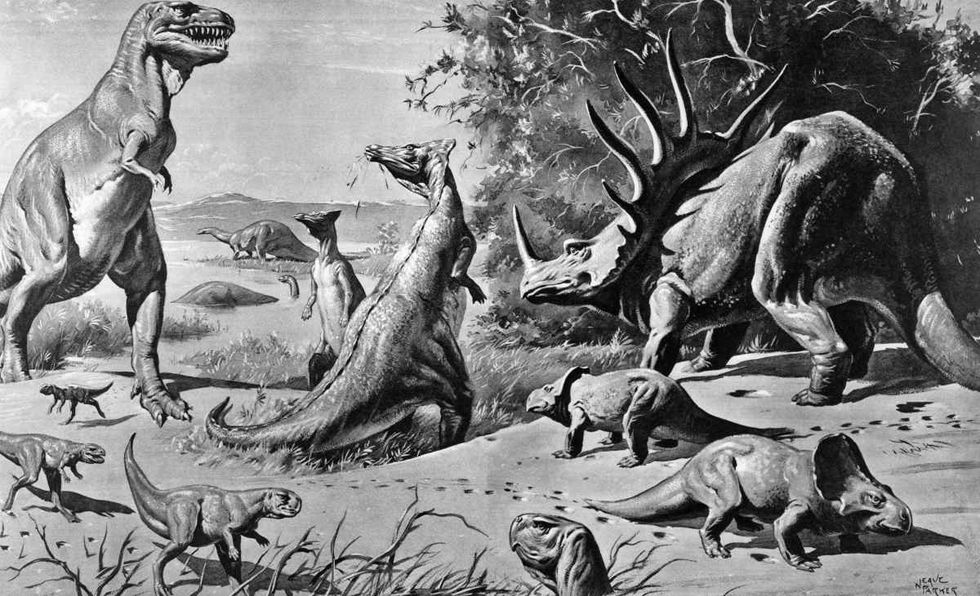 Representative Image Source: VARIOUS DINOSAURS IN GOBI DESERT. Photo by H. Armstrong Roberts/ClassicStock/Getty Images
Representative Image Source: VARIOUS DINOSAURS IN GOBI DESERT. Photo by H. Armstrong Roberts/ClassicStock/Getty Images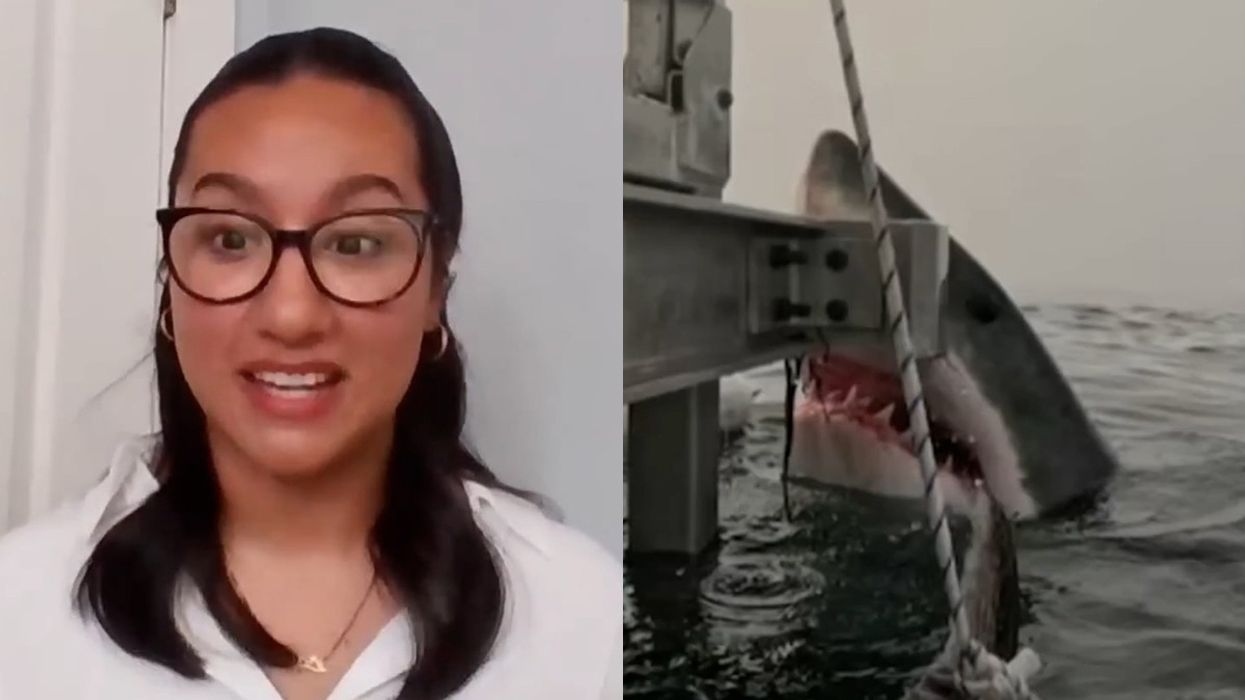
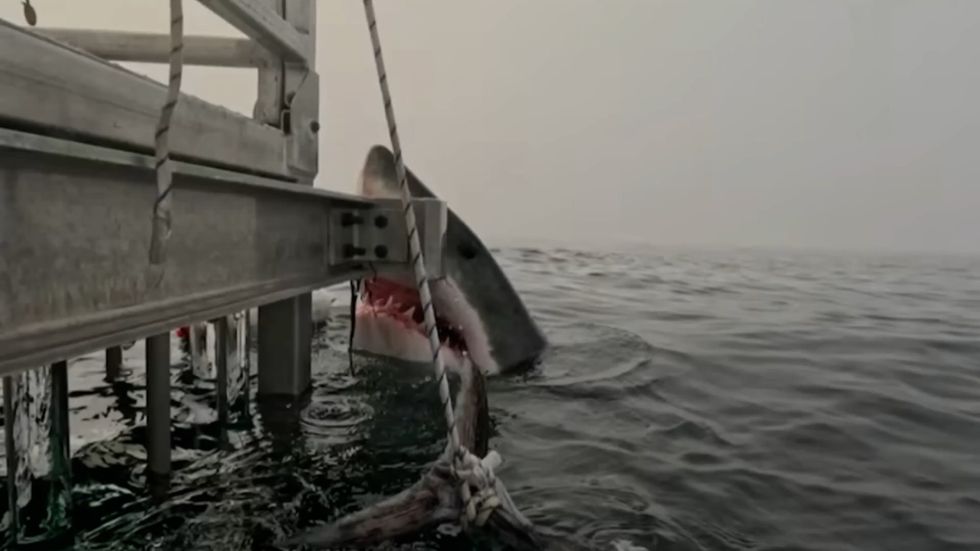 Great white shark pokes its head above water.Image pulled from YouTube video - Photo taken by Geraldine Fernandez
Great white shark pokes its head above water.Image pulled from YouTube video - Photo taken by Geraldine Fernandez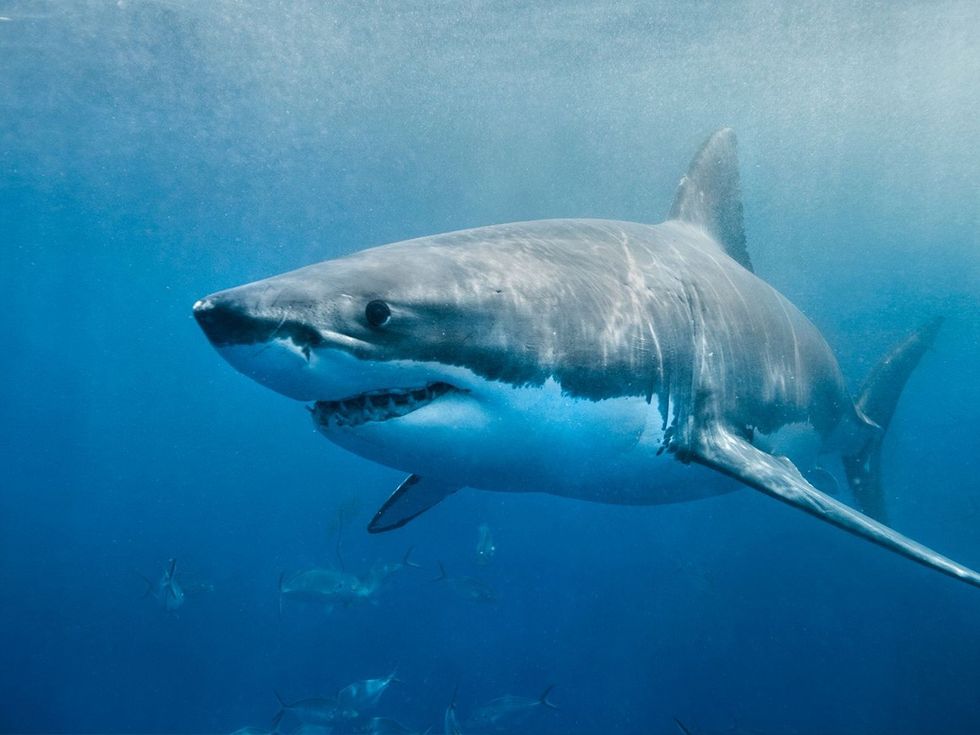 Great white shark swims in the ocean.Image via Canva - Photo by lindsay_imagery
Great white shark swims in the ocean.Image via Canva - Photo by lindsay_imagery
President Donald J. Trump and photo of a forest.
Public united and adamantly opposes Trump’s plan to roll back the Roadless Rule
There doesn't seem to be much agreement happening in the U.S. right now. Differing moral belief systems, economic disparity, and political divide have made a country with so many positives sometimes feel a little lost. Everyone desperately seeks a niche, a connection, or a strong sense of community to which they can feel a "part of," rather than just "apart."
But there seems to be one thing that the country strongly unites over, and that's the "Roadless Rule." With the Trump Administration attempting to roll back conservation policies that protect U.S. National Forests, Americans are saying in harmony an emphatic "No." A nonpartisan conservation and advocacy organization, the Center for Western Priorities, reviewed a comment analysis on the subject. After receiving 223,862 submissions, a staggering 99 percent are opposed to the president's plan of repeal.
What is the 'Roadless Rule' policy implemented in 2001?
The Roadless Rule has a direct impact on nearly 60 million acres of national forests and grasslands. According to the U.S. Department of Agriculture, the rule prohibits road construction and timber harvests. Enacted in 2001, it is a conservation rule that protects some of the least developed portions of our forests. It's considered to be one of the most important conservation wins in U.S. history.
America's national forests and grasslands are diverse ecosystems, timeless landscapes, and living treasures. They sustain the country with clean water and the wood products necessary to build our communities. The National Parks protected under their umbrella offer incredible recreational retreats and outdoor adventure.
Why does the administration want to roll it back?
U.S. Secretary of Agriculture Brooke L. Rollins told the Department of Agriculture in a 2025 press release, “We are one step closer to common sense management of our national forest lands. Today marks a critical step forward in President Trump’s commitment to restoring local decision-making to federal land managers to empower them to do what’s necessary to protect America’s forests and communities from devastating destruction from fires." Rollins continued, “This administration is dedicated to removing burdensome, outdated, one-size-fits-all regulations that not only put people and livelihoods at risk but also stifle economic growth in rural America. It is vital that we properly manage our federal lands to create healthy, resilient, and productive forests for generations to come. We look forward to hearing directly from the people and communities we serve as we work together to implement productive and commonsense policy for forest land management.”
Forest Service Chief Tom Schultz explained the Roadless Rule frustrated land management and acts as a challenging barrier to action. It prohibits road construction needed to navigate wildfire suppression and properly maintain the forest. Schultz said, “The forests we know today are not the same as the forests of 2001. They are dangerously overstocked and increasingly threatened by drought, mortality, insect-borne disease, and wildfire. It’s time to return land management decisions where they belong – with local Forest Service experts who best understand their forests and communities."
Why are people adamantly opposed to the proposed rollback?
A 2025 article in Earthjustice, a nonprofit environmental law organization, expressed its concern over the protection of national forests covering 36 states and Puerto Rico. A rescinded rule allows increased logging, extractive development, and oil and gas drilling in previously undisturbed backcountry. Here is what some community leaders had to say about it:
President Gloria Burns, Ketchikan Indian Community, said, "You cannot separate us from the land. We depend on Congress to update the outdated and predatory, antiquated laws that allow other countries and outside sources to extract our resource wealth. This is an attack on Tribes and our people who depend on the land to eat. The federal government must act and provide us the safeguards we need or leave our home roadless. We are not willing to risk the destruction of our homelands when no effort has been made to ensure our future is the one our ancestors envisioned for us. Without our lungs (the Tongass) we cannot breathe life into our future generations.”
Linda Behnken, executive director of the Alaska Longline Fishermen’s Association, stated, "Roadbuilding damaged salmon streams in the past — with 240 miles of salmon habitat still blocked by failed road culverts. The Roadless Rule protects our fishing economy and more than 10,000 jobs provided by commercial fishing in Southeast Alaska.”
The Sierra Club's Forest Campaign Manager Alex Craven seemed quite upset, saying, "The Forest Service followed sound science, economic common sense, and overwhelming public support when they adopted such an important and visionary policy more than 20 years ago. Donald Trump is making it crystal clear he is willing to pollute our clean air and drinking water, destroy prized habitat for species, and even increase the risk of devastating wildfires, if it means padding the bottom lines of timber and mining companies.”
The 2025 recession proposal would apply to nearly 45 million acres of the national forests. With so many people writing in opposition to the consensus, the public has determined they don't want it to happen.
Tongass National Forest is at the center of the Trump administration's intention to roll back the 2001 Roadless Rule. You can watch an Alaska Nature Documentary about the wild salmon of Tongass National Forrest here:
- YouTube www.youtube.com
The simple truth is we elect our public officials to make decisions. The hope is they do this for all of our well-being, although often it seems they do not. Even though we don't have much power to control what government officials do, voicing our opinions strongly enough often forces them to alter their present course of action. With a unanimous public voice saying, "No!" maybe this time they will course correct as the public wishes.